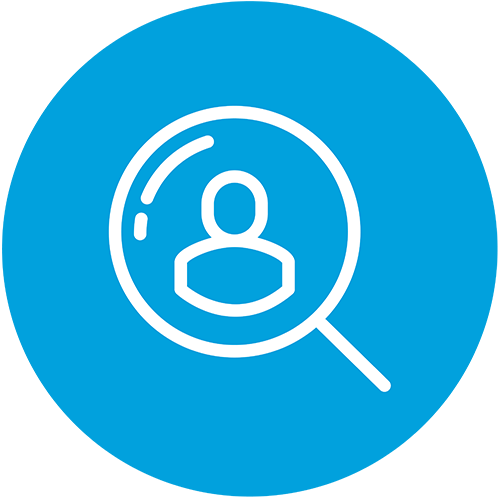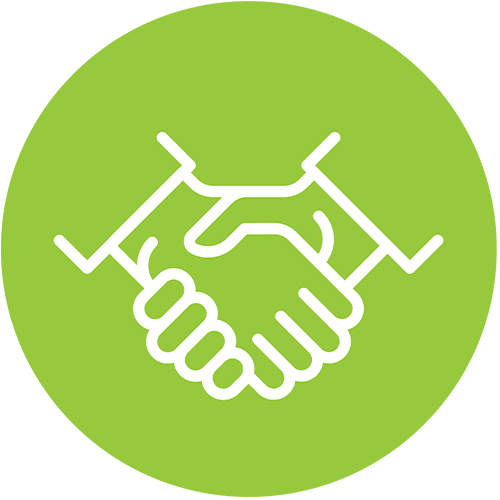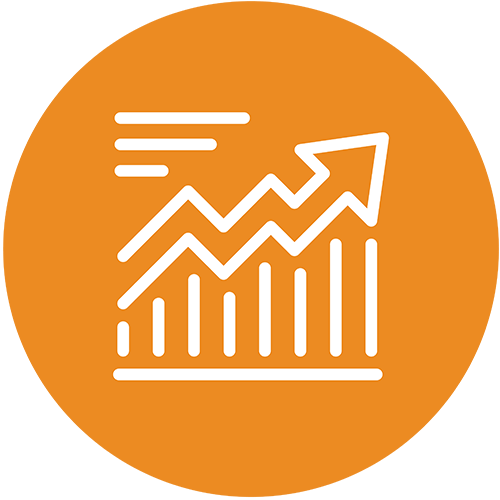
Partner Webinar: Why You Need a Three Dimensional Approach to Your Segmentation Strategy
- Registration Closed
“Big data” can help nonprofits predict future behavior precisely and provide an important competitive edge.
But how do you prevent information overload and derive these insights efficiently?
The key is to make “big data” more manageable. Data must predict things worth predicting, identify problems worth fixing, and opportunities worth pursuing.
In this webinar, we discuss why wealth and predictive modeling are so powerful, how they interact, and the importance of considering a holistic approach to your segmentation strategy.
This webinar is worth one (1) CFRE point.
Key:

Katherine Swank
Principal Strategic Consultant
Blackbaud
I'm a consummate learner. I'm always learning something new and known for sharing what I’ve learned with others. From the practice of law to fundraising and management positions with Southwestern University School of Law, American Heart Association, Colorado Public Radio, National Multiple Sclerosis Society (HQ), and now at Blackbaud as a strategic analytics professional for 15 years, I've been learning about the planned gift donor and the data behind them. Planned gifts aren’t made in a vacuum; the speed of knowledge in our industry is increasing as are the tools we use to identify the best prospects for these gift types. Nothing is the same as it was when I started fundraising in 1989. Today, teams of data scientists combine thousands of bits of information with AI and robust analytics to understand the donors that make planned gifts. Lawrence and I are honored to share what we've found out to help us all better understand the planned gift donor and explore the data behind them.




